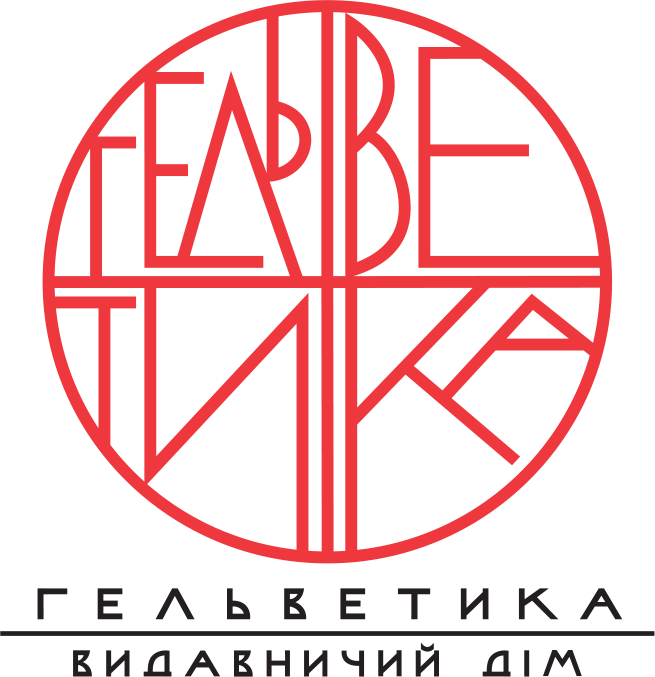METHODOLOGY OF LIGHT SCENE FORMATION DURING 3D MODELING IN ARCHITECTURAL DESIGN AND THE EDUCATIONAL PROCESS
DOI:
https://doi.org/10.32782/uad.2025.3.11Keywords:
3D modeling, architectural design, design, light scenes, visualization, architectural presentation, emotional-artistic context, visual perception, lighting, BIM, Corona RendererAbstract
The article deeply analyzes the integral role of light scene formation in modern 3D modeling of architectural objects and spaces, which is crucial for both professional activity and the educational process of future architects. The research extends beyond purely technical aspects, delving into the multifaceted emotional-artistic and psychological influence of light and shadow on the visual perception of architectural space. It examines the dynamic interaction of light scenarios with various materials and the surrounding environment, which forms a realistic and immersive visual impression.Particular attention is paid to a detailed analysis of light scene typology, classifying them into exterior, interior, and those specific to media architecture, each requiring unique lighting approaches. The article also discusses the technological aspects of implementing these scenarios, emphasizing the capabilities of modern software complexes, particularly Corona Renderer, which, thanks to physically correct rendering and flexible tools, allows for achieving photorealistic results and effectively managing visual perception.It is substantiated that the masterful use of light in 3D visualization is not merely a technical task, but a powerful communication tool. This enables the architect not only to present the functional and structural features of a project but also to convey its profound idea, create a desired emotional and functional narrative that contributes to a holistic and convincing perception of the object. The importance of systematic study of light scenes in educational programs is emphasized for forming comprehensive skills in specialists capable of creating aesthetically perfect and emotionally rich architectural spaces.
References
Що таке 3D-моделювання в галузі архітектури, інжинірингу та будівництва? URL: https://proscan.com.ua/blog/sho-take-3d-modelyuvannya-v-galuzi-arhitekturi-inzhiniringu-ta-budivnictva-new-article_1 (дата звернення: 24.06.2025).
Building information modeling – Вікіпедія. URL: https://en.wikipedia.org/wiki/Building_information_modeling (дата звернення: 24.06.2025).
3D Architectural Models – Adobe Substance 3D. URL: https://www.adobe.com/ua/products/substance3d/discover/3d-architectural-models.html (дата звернення: 24.06.2025).
Можливості вивчення технологій 3D-моделювання архітектурних споруд в школі. CyberLeninka. URL: https://cyberleninka.ru/article/n/mozhlivosti-vivchennya-tehnologiy-3d-modelyuvannya-arhitekturnih-sporud-v-shkoli (дата звернення: 24.06.2025).
Ratajczak M. Wpływ symulacji komputerowych 3D na jakość projektowania architektonicznego. Architektura i Budownictwo. 2019. № 3. С. 445–452. URL: http://www.wydawnictwo.wst.pl/uploads/files/256873b34d6dc59ce1ec94eb7e6bfb9a.pdf (дата звернення: 24.06.2025).
Shulha I. Modern approaches to the use of 3D visualization in education. Actual Trends of Modern Scientific Research. 2021. С. 296–301. URL: https://sci.ldubgd.edu.ua/jspui/bitstream/123456789/8671/1/ACTUAL-TRENDS-OF-MODERN-SCIENTIFIC-RESEARCH-14-16.03.21-1.pdf (дата звернення: 24.06.2025).
Ковальчук М.В. Сутність та перспективи 3D-моделювання у проєктуванні архітектурного середовища. URL: http://eprints.zu.edu.ua/35464/1/Ковальчук%20М.pdf (дата звернення: 24.06.2025).
Кліменко І.М. Візуалізація архітектурного образу за допомогою програмного забезпечення. Сучасні технології в архітектурі та будівництві. 2016. № 2. С. 110–114. URL: http://www.irbis-nbuv.gov.ua/cgi-bin/irbis_nbuv/cgiirbis_64.exe?C21COM=2&I21DBN=UJRN&P21DBN=UJRN&IMAGE_FILE_DOWNLOAD=1&Image_file_name=PDF/suntz_2016_2_22.pdf (дата звернення: 24.06.2025).
Криворучко Н.І., Нос А.І. Семантика світла як інструмент формування архітектури новітньої епохи. Сучасні проблеми архітектури та містобудування : наук.-техн. зб. / відп. ред. В.В. Товбич. К. : КНУБА, 2024. Вип. 69. С. 10–16.
Даниленко О.В. Психологічні аспекти візуалізації в архітектурному проєктуванні. URL: http://eprints.zu.edu.ua/28249/1/41.pdf (дата звернення: 24.06.2025).




